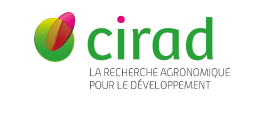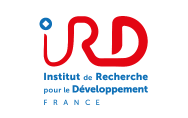In a global scenario of population growth, increased urbanisation, strong pressure on water resources and an increase in the frequency of extreme temperatures, urban hot spots will be more pronounced, more difficult to combat and their deleterious effects will affect an increasingly large population. These findings call for initiatives to build resilient cities based on the analysis of new data sources, resources and the use of water of all qualities present in urban areas. The objective of this thesis is to evaluate the capacity of vegetation to improve the quality of life of the population and the urban ecosystem. The methodology chosen for this purpose is the multi-scale modelling of the energy balance existing between the building, the substrate of the vegetation and the vegetation itself, and the interactions with the turbulences of the urban canopy. The idea is to identify the direction, geometry, temporality and relative importance of the heat flows (conduction, convection, radiation and phase change) involved in the system. We will attempt to identify quantitatively what is the attenuation of urban temperatures and how to optimize the performance of vegetation to contribute to build smarter and perennial cities.
 ©ADEME, 2021
©ADEME, 2021
In addition to the production and analysis of micro-climatic and agronomic data, modelling work and similarity experimentation are also planned. The objective of this thesis is to develop a systemic approach and to produce an integrated model allowing to couple crop growth and aeraulics in order to help decision making in terms of the choice of vegetalisation of cities according to various hydraulic, thermal, energetic and aesthetic constraints. This model, which will work at the scale of a meter, can then be coupled with meteorological models adapted to cities or heat exchange models of buildings.

Key words : Urban Vegetation, Numerical Simulation, Computational Fluid Dynamic, Crop Model, Smart Cities.






